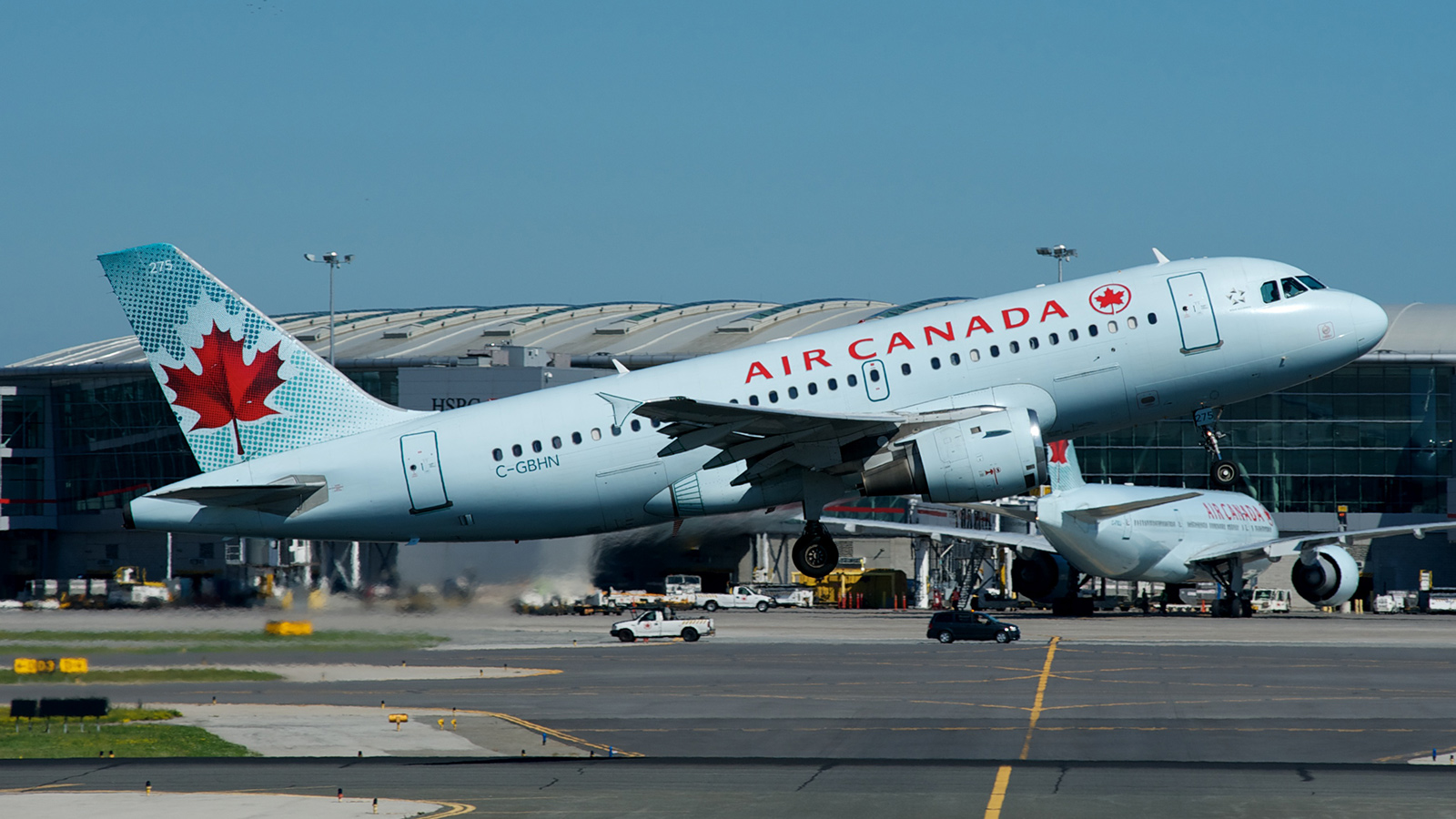Stay Up to Date
Submit your email address to receive the latest industry and Aerospace America news.
There could be a side benefit to the fact that fatal airline accidents have become so rare.
The director of aviation safety at the U.S. National Transportation Safety Board, for instance, points out that investigators now have more time to investigate close calls.
“It’s fascinating to have the luxury of doing a full, deep-dive investigation into something in which there was no damage and there was no injury,” said NTSB’s John DeLisi in an interview.
That was the opportunity afforded by the Air Canada Flight 759 incident in July 2017 in San Francisco. The pilot of the Airbus A319 was cleared to land on a runway but instead nearly landed on a taxiway occupied by four other aircraft. The pilot aborted the landing in time and flew around for a new approach.
Neither the air traffic controller on duty nor the flight crew realized initially that the plane nearly landed on other aircraft. By the time the crew and the controller understood they had witnessed a brush with calamity, and notified regulators, the plane had already been flown to another city and the cockpit recorder had overwritten the audio.
Investigators in previous incidents also had difficulties tracking pilot errors because there was no cockpit audio. So to make future investigations easier, NTSB has asked the FAA to require cockpit voice recorders to be able to carry 25 hours of audio.
“It will allow more time for folks to recognize what happened” and obtain the audio before it is overwritten, DeLisi said, adding that recorders would require “just a different memory chip” to carry that much audio.
The safety board recommended to the FAA that the cockpit voice recorders on newly manufactured aircraft should include these memory chips, and that hundreds of aircraft already flying should be retrofitted with these chips by 2024.
Air Canada in an email said it was studying that recommendation, and added that it has made changes to “improve crew situational awareness.”
DeLisi said “the jury is still out” as to whether the FAA will require companies to follow the NTSB’s recommendations on Oct. 2 for new and existing aircraft. When I asked the FAA if it would do so, the agency said in an email that “we will follow our normal protocol and respond to NTSB within 90 days” of the deadline, meaning by early January.
The FAA “from time to time,” DeLisi said, is reluctant to heed NTSB recommendations to retrofit or modify existing equipment after weighing the potential cost and benefit, sometimes instead mandating changes for new equipment made years later. The FAA in 2011 did not follow an NTSB recommendation to modify air traffic control tower software to detect a plane’s flight path prior to landing. DeLisi said this could have given advance warning to the Air Canada Flight 759 pilots as they approached the taxiway.
“We knew from our conversations with the manufacturer the tweak was technically feasible, but the FAA was not interested,” DeLisi said of the 2011 recommendation. Had the software been modified, he said, “90 seconds out, there would have been a big red warning in the tower that said, ‘taxiway approach.’ They would have gotten on the radio and told Air Canada they were not aligned with the runway and this never would have happened.”
The FAA declined to comment when I asked about the 2011 recommendation. The safety board reported that in February the FAA did a trial run in Seattle of that modification and plans to make such modifications where feasible at airports carrying the software before the end of 2020.
About Tom Risen
As our staff reporter from 2017-2018, Tom covered breaking news and wrote features. He has reported for U.S. News & World Report, Slate and Atlantic Media.
Related Posts
Stay Up to Date
Submit your email address to receive the latest industry and Aerospace America news.




